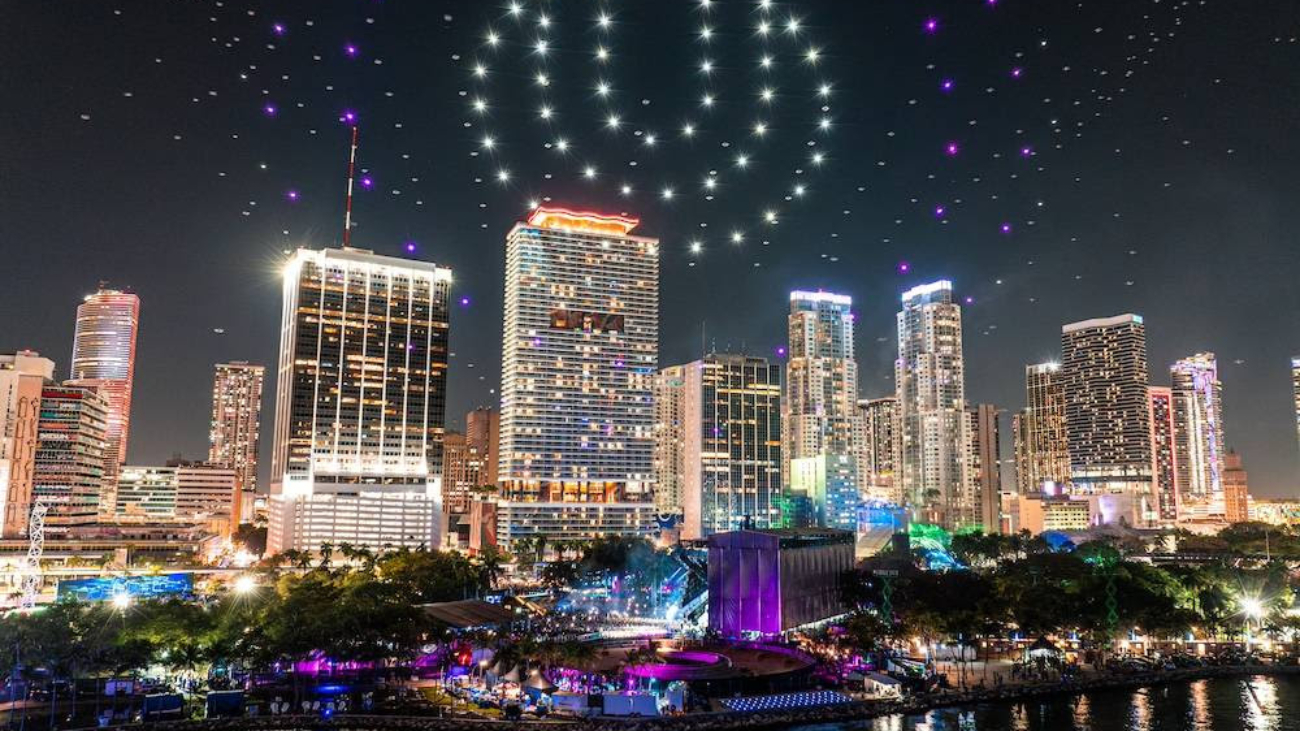Every spring, the pulse of electronic music resonates from the heart of Miami to the far reaches of the globe, and it all began with a bold vision in 1999. The Ultra Music Festival was founded by business partners Russell Faibisch and Alex Omes as a one-day electronic music event in Miami Beach, inspired by the groundbreaking 1997 Depeche Mode album, Ultra. What started as an ambitious experiment in the vibrant electronic scene has grown into one of the world’s premier music festivals, celebrated for its high-energy performances, cutting-edge production, and global influence. Today, Ultra Music Festival Live brings every live set from the festival—past and present—directly to fans online, offering an authentic experience for those who want the sound of Ultra at their fingertips (Ultra Music Festival Live).
The inaugural festival took place on March 13, 1999, at Collins Park in Miami Beach, timed to coincide with the long-running Winter Music Conference, which drew thousands of industry professionals and electronic music fans alike. The first event drew roughly 10,000 attendees, a testament to the founders’ careful curation and the rising popularity of electronic dance music at the turn of the millennium. Despite its popularity, the festival ran into financial challenges, resulting in a loss estimated between $10,000 and $20,000, yet it planted the seeds for a cultural phenomenon that would only grow larger with each passing year.
The 1999 lineup was a showcase of electronic music pioneers, featuring artists who would later become legends. Headliners included Rabbit in the Moon, known for their immersive live shows, alongside trance luminary Paul van Dyk, and techno innovator Josh Wink. Fans also enjoyed performances from LTJ Bukem, Hybrid, Armand van Helden, Danny Rampling, Seb Fontaine, AK1200, Sandra Collins, DJ Icey, George Acosta, Graham Gold, Union Jack, DJ Baby Anne, and Talla 2XLC. The festival also highlighted emerging talent such as Johnny Dangerously, Blame, Bruce Wilcox, Merlin, Joe C. Storm, and R-fresh, demonstrating Ultra’s early commitment to blending established acts with up-and-coming artists—a philosophy that continues today.
By 2001, Ultra had outgrown its initial venue and moved to Bayfront Park in downtown Miami, a site that has remained the festival’s primary location ever since. This move marked the start of a new era, allowing for larger crowds, bigger stages, and more elaborate production. Ultra’s growth accelerated in the following decade, expanding from a one-day event to a two-day festival in 2007, before evolving into the current three-day format in 2011—the same year it sold out for the first time.
Ultra’s influence has not been limited to Miami. In 2008, the festival launched the “Ultra Worldwide” brand, creating international events across six continents in more than 26 cities. From Asia to South America, Europe to Australia, Ultra has brought the energy, spectacle, and sonic innovation of Miami to a global audience, solidifying its position as a leading voice in electronic music culture. Despite this massive expansion, Ultra remains one of the last major independent festivals in the United States, avoiding acquisition by corporate giants like Live Nation or AEG and maintaining creative control over its brand, lineup, and production standards.
For fans who want to relive Ultra’s groundbreaking sets or experience the festival in real time from anywhere in the world, Ultra Music Festival Live provides an unmatched library of live performances. Each set is streamed directly from Ultra’s stages, capturing the intensity, energy, and atmosphere that have made Ultra a bucket-list experience for electronic music enthusiasts. From the trance-heavy beginnings of the late 1990s to the current era’s genre-defying acts, Ultra Music Festival Live keeps the festival alive year-round for dedicated fans, ensuring that every beat, drop, and euphoric moment is accessible to a global audience.
Ultra’s legacy lies not just in its lineup or production but in the way it has shaped the global perception of electronic music. The festival has nurtured careers, launched international tours, and inspired countless other events worldwide. It has proven that with vision, creativity, and dedication, a one-day festival in Miami Beach can transform into a worldwide cultural phenomenon that continues to influence music, art, and festival culture for decades. Whether revisiting historic performances or experiencing the latest live sets, Ultra Music Festival Live is the definitive way to celebrate the enduring spirit of electronic music in all its explosive, transformative glory.
